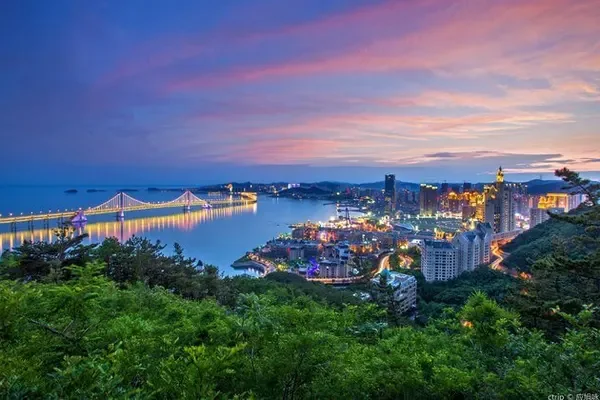introduce
Zhangjiakou Fort, commonly known as Baozili, also known as Xiabao, is the birthplace of Zhangjiakou City, the parent body of Zhangjiakou, and a historical witness of the gradual growth and prosperity of Zhangyuan Land after 580 years of vicissitudes.
Zhangjiakou Fort was built in the fourth year of Xuande in the Ming Dynasty (AD 1429). It was initially built as a simple military fort. It was an important part of the defense system of Xuanfu, the nine-side hub of the Great Wall of the Ming Dynasty. Because it never lost in the war, Therefore, it is famous in northern Xinjiang with the reputation of "Wucheng". With the implementation of the policy of opening borders during the Longqing Peace Agreement of the Ming Dynasty, Zhangjiakou was turned into an exchange market between Mongolia and Han, and the once-popular "tea-horse exchange market" appeared, and gradually developed into a relatively large business route connecting China, Mongolia, and Russia during the Ming and Qing Dynasties. ——Zhangku Commercial Road, also known as the northern land commercial port because of its important position as a trade distribution center.
Because of Zhangjiakou Fort's complete defense system, many wealthy businessmen bought houses and land here, opened shops, and made a fortune. At that time, more than half of the 44 foreign banks and 42 domestic banks and ticket offices operating in Zhangjiakou were located in Zhangjiakou Fort. Wucheng Street in the east of the Fort was named because it was close to Wucheng. It is named after the street market, which is the junction of Shang culture and Wu culture in the border town.
The current Zhangjiakou Fort still completely preserves the architectural pattern of ten streets and ten alleys formed in the late Qing Dynasty and the early Republic of China. There are 478 ancient courtyards in the Ming and Qing Dynasties. .
opening hours
09:00-17:30 throughout the year (last admission 17:00); the specific business status is subject to the opening of the day

